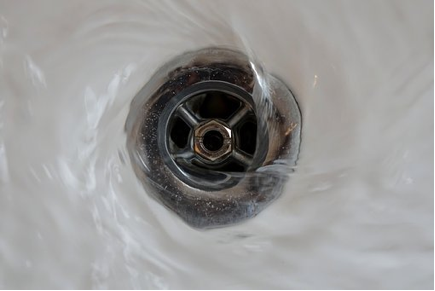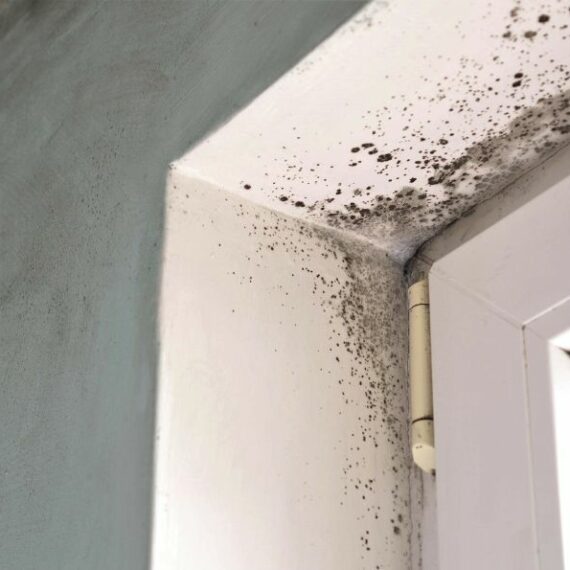Landlord's Guide to Plumbing Maintenance in Rental Homes
Landlord's Guide to Plumbing Maintenance in Rental Homes
Blog Article
Have you been trying to find answers involving Plumbing Maintenance and Repair in your Rental Property?

Handling plumbing problems in rental residential properties successfully is critical for keeping lessee contentment and maintaining the property's worth. Whether you're a proprietor or a building supervisor, understanding exactly how to deal with these common problems can conserve you money and time while making sure compliance with legal duties. Below's a detailed overview on exactly how to handle pipes concerns in rental residential properties.
File Everything
Maintain in-depth records of all reported plumbing concerns and the actions taken to settle them. Paperwork ought to consist of days, descriptions of the trouble, interaction with renters, and receipts from contractors or plumbing professionals. This info can be essential for insurance policy cases, tax reductions, and legal defense.
Use Qualified Professionals
Constantly utilize licensed and insured specialists for considerable pipes repair services and installations. This makes sure that the work depends on code and can help avoid obligation issues in case of crashes or further damages. It also guarantees renters that fixings are being dealt with properly.
Establish Clear Interaction
Encourage occupants to report any pipes concerns as soon as they take place. Offer numerous communication channels such as phone, email, or an occupant site to make it simple for them to connect. Prompt actions to these reports can avoid small issues from escalating into significant problems.
Inform Lessees
Educate your occupants concerning what constitutes a pipes emergency situation and what does not. Provide guidelines on just how to handle minor problems themselves, such as using a plunger to unblock a commode. Also, inform them regarding what they need to avoid putting down drains to avoid obstructions, such as grease, coffee grounds, and non-biodegradable products.
Routine Upkeep
Apply a routine maintenance routine for all pipes systems in your leasing properties. Regular checks can assist recognize and settle issues like leaks, slow drains, or corroded pipes before they end up being significant. Take into consideration hiring a professional plumbing to examine the residential properties every year or semi-annually.
Quick Feedback to Emergency Situations
Have a strategy in position for replying to pipes emergency situations. This ought to include having the contact information of dependable plumbing services that offer 24/7 emergency repairs. Quick action is essential to minimize damages in scenarios like ruptured pipelines or serious leaks.
Preventive Upgrades
Consider upgrading older pipes systems and components to a lot more contemporary, effective versions. This can reduce the regularity and extent of pipes issues and lower long-term upkeep costs. It's likewise a selling point for potential occupants that value upgrades and modern functions.
Lessee Move-Out Inspections
Conduct complete pipes checks during move-out evaluations to make sure that any type of problems are determined and dealt with before a new tenant moves in. This stops conflicts with brand-new lessees over pre-existing problems and makes sure the building remains in leading condition.
Understand Legal Duties
Understand your legal responsibilities pertaining to pipes and general home maintenance. Most territories call for property managers to guarantee their buildings are habitable which all plumbing systems remain in good working order. Failure to deal with serious concerns promptly can lead to legal actions from tenants.
Tenant Compensations
If a plumbing issue calls for prompt attention and the tenant resolves the issue on their own, have a clear plan in place for reimbursing costs. Ensure renters know they ought to obtain prior approval for higher-cost repairs unless it's an outright emergency.
Conclusion
Taking care of pipes concerns in rental residential or commercial properties requires an aggressive approach and good interaction with lessees. By remaining on top of upkeep, responding without delay to emergency situations, and making use of professional experts, property managers can maintain their homes in outstanding condition and maintain good partnerships with occupants.
How to Handle Water Damage in a Rental Property
What is Water Damage?
Water damage is harm or destruction caused by water entering areas where it is not supposed to be. It can be caused by a variety of sources and can manifest in different ways. The most common examples of water damage include:
Leaking roof Plumbing leaks Appliance malfunctions Poor drainage Flooding Sewage backup Condensation Tenant negligence HVAC system issues Frozen pipes Is water damage dangerous?
Water damage itself is not inherently dangerous, but it can lead to various hazards and health risks if not promptly and properly addressed. The severity of these risks depends on the extent of the water damage, the source of the water, and how quickly it is mitigated.
Some potential dangers associated with water damage include structural damage, mold and bacterial growth, electrical hazards, water contamination, and pest infestations. In situations where mold and mildew have gone unaddressed, mold can start to develop within 24-48 hours of water exposure, and this can impose a serious health risk to tenants. In particular, mold spores and damp conditions can lead to respiratory issues and even make existing health problems worse, such as allergies, asthma, or immune disorders.
Water Damage in an Apartment - Who is Responsible?
If the water damage is caused by the tenant’s negligence, the tenant is responsible for the cost of repairs. If the water damage is caused by a defect in the property, the landlord is responsible for the cost of repairs. If the water damage is a result of natural causes, such as excessive rain, then the landlord is responsible, since the water intrusion likely occurred due to a defect in the property. Landlord Responsibility water damage in rental property
Since maintaining habitability is the landlord’s legal responsibility, landlords are responsible for any resulting structural damage caused by water damage. These structural damages may include damage to walls, roofs, ceilings, and flooring. If water damage has affected the rental property’s original structure, the landlord is responsible for repairing or replacing those materials. Therefore, landlords should have property insurance that covers the structural components of their rental property so that they can receive help with the costs of covered events.
Preventative measures can also help landlords avoid massive renovations. Preventative maintenance may include conducting regular inspections to identify and address potential water damage before it becomes a major and urgent problem.
If a landlord fails to meet their responsibilities regarding water damage, it can lead to legal disputes and potential liability. Tenants who believe their landlord is not addressing water damage issues in accordance with California law can seek legal advice or contact local housing authorities for assistance.
https://www.goodlifemgmt.com/blog/water-damage-in-a-rental-property/

I found that page about How to Handle Plumbing Issues in Your Rental Property while doing a search on the internet. In case you appreciated our post plz don't forget to share it. Thank-you for going through it.
Report this page